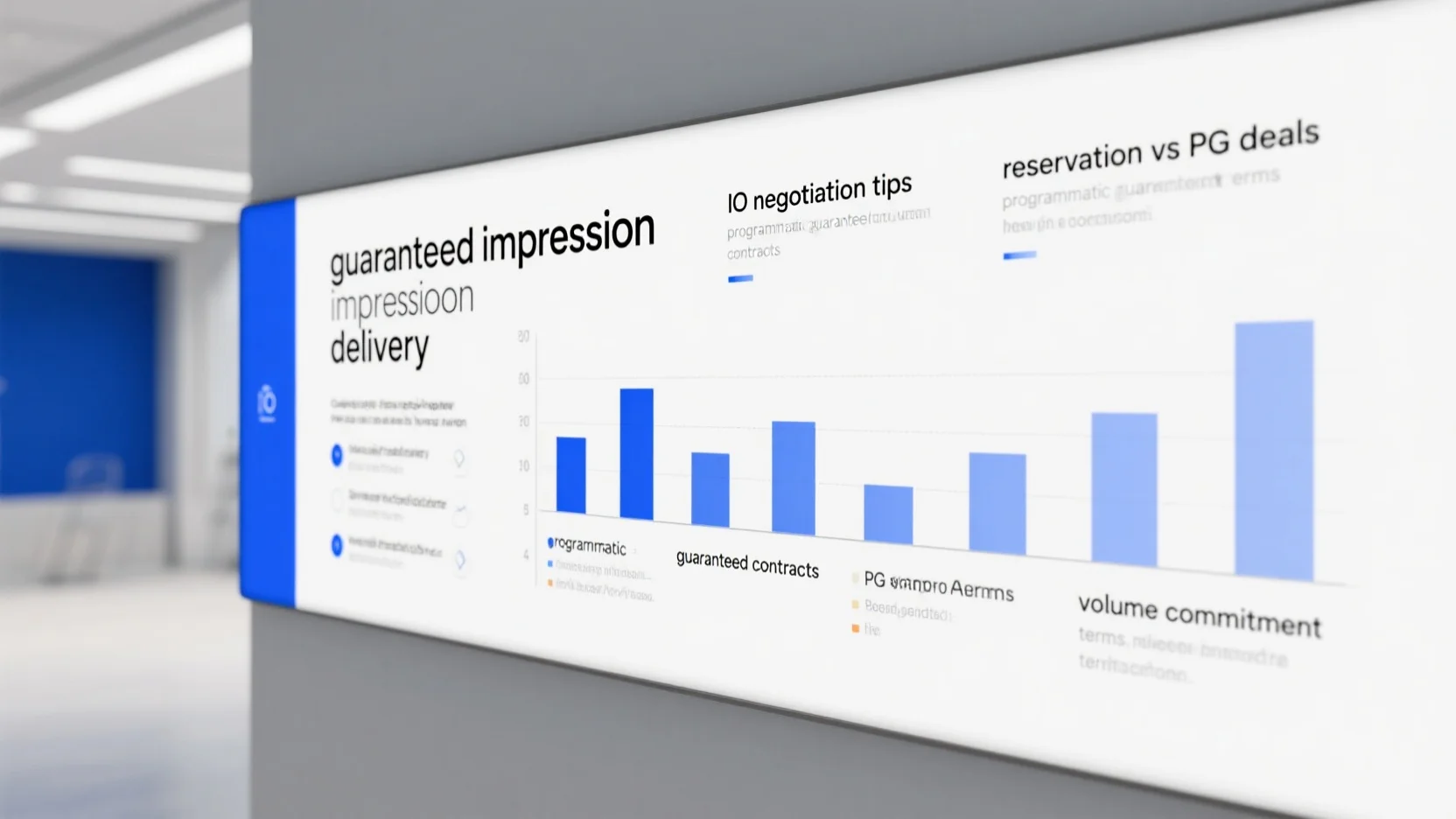
Mastering Programmatic Guaranteed Contracts: Reservation vs PG Deals, Volume Terms, Delivery & IO Negotiation
Are you seeking to maximize your advertising efficiency and ROI? A recent Boston Consulting Group report shows that publishers and agencies/advertisers can save up to 57% and 29% more time respectively with Programmatic Guaranteed (PG)